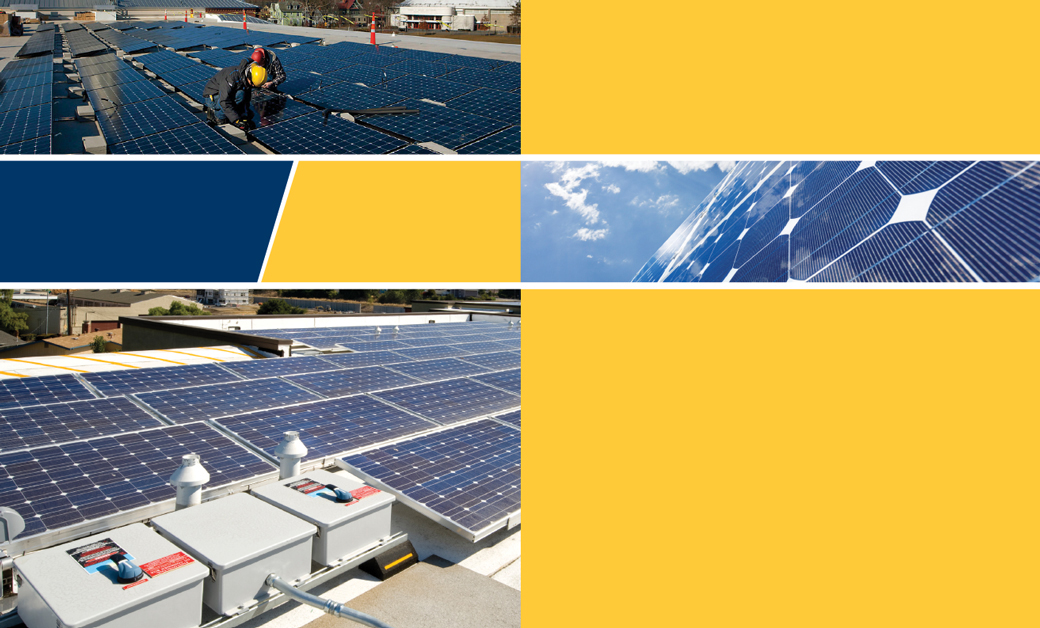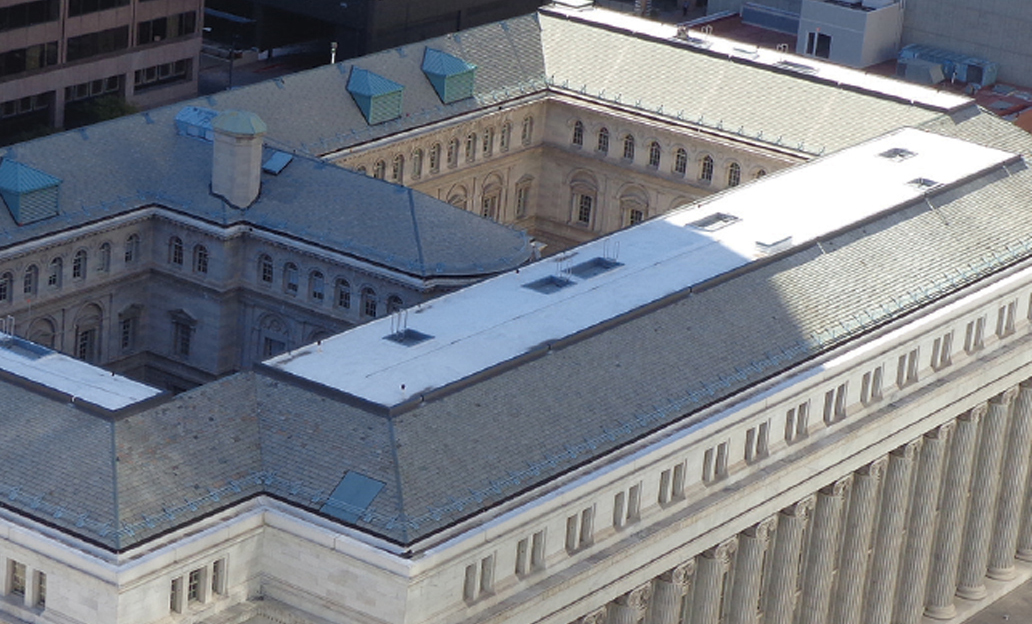SPRI offers clarification
SPRI would like to thank NRCA for its publication NRCA Guidelines for Complying With Building Codes Using ANSI/SPRI ES-1 as referenced by NRCA Associate Executive Director of Technical Services Mark Graham in "Complying with ANSI/SPRI ES-1," July issue, page 12.
We appreciate NRCA's continued efforts to publicize and explain the need to design and specify code-compliant edge metal. Graham is correct in stating ES-1 calculations are based on ASCE 7-02 and that the International Building Code,® 2012 Edition (IBC 2012) requires loads to be calculated using ASCE 7-10 as required in Chapter 16. However, SPRI would like to again point out the ES-1 load calculations are not referenced in code. What is required by Section 1504.5 of IBC 2012 is perimeter edge metals be " … tested for resistance in accordance with Test Method RE-1, RE-2 and RE-3 of ANSI/SPRI ES-1."
Mike Ennis
SPRI
Waltham, Mass.
Graham responds: I thank SPRI for attempting to clarify some of the confusion created with ANSI/SPRI ES-1's implementation into IBC 2012.
Although IBC 2012 references ANSI/SPRI ES-1, only a portion of the standard—Test Methods RE-1, RE-2 and RE-3—has been adopted by the code and is required for compliance. The remaining portions of ANSI/SPRI ES-1, including its design wind load calculation procedure, have not been adopted and are not required for compliance. IBC 2012 stipulates design wind loads at roof edges be determined according to IBC 2012's Chapter 16—Structural Design; the design wind load calculation procedure in ANSI/SPRI ES-1 differs from that in IBC 2012's Chapter 16.
ANSI/SPRI ES-1 and IBC 2012's calculation procedure for roof edges are explained further in NRCA Guidelines for Complying With Building Codes Using ANSI/SPRI ES-1.
During the development process for IBC 2012, NRCA submitted a code change proposal to the International Code Council® (ICC) clarifying that only ANSI/SPRI ES-1's Test Methods RE-1, RE-2 and RE-3 are required for compliance and not the entire standard. ICC accepted the code change proposal and incorporated it into IBC 2012.
SPRI can further clarify the issues between ANSI/SPRI ES-1 and IBC 2012 in two ways:
- SPRI's website, www.spri.org, includes an online wind calculator for determining wind loads at roof edges. This calculator is not consistent with IBC 2012; it appears to be based on ASCE 7-02. Ideally, this online wind calculator should be updated and made consistent with IBC 2012's Chapter 16.
- ANSI/SPRI ES-1 should be updated so it is consistent with the code's requirements and can be referenced in its entirety by the code. Because ANSI/SPRI ES-1, IBC and ASCE 7 are updated on different development cycles, synchronizing the three to allow for uniform adoption will be difficult. For this reason, perhaps the design wind load calculation procedure should be deleted from ANSI/SPRI ES-1 and the code's design wind load provisions should be referenced in ANSI/SPRI ES-1 for consistency and to avoid confusion.



